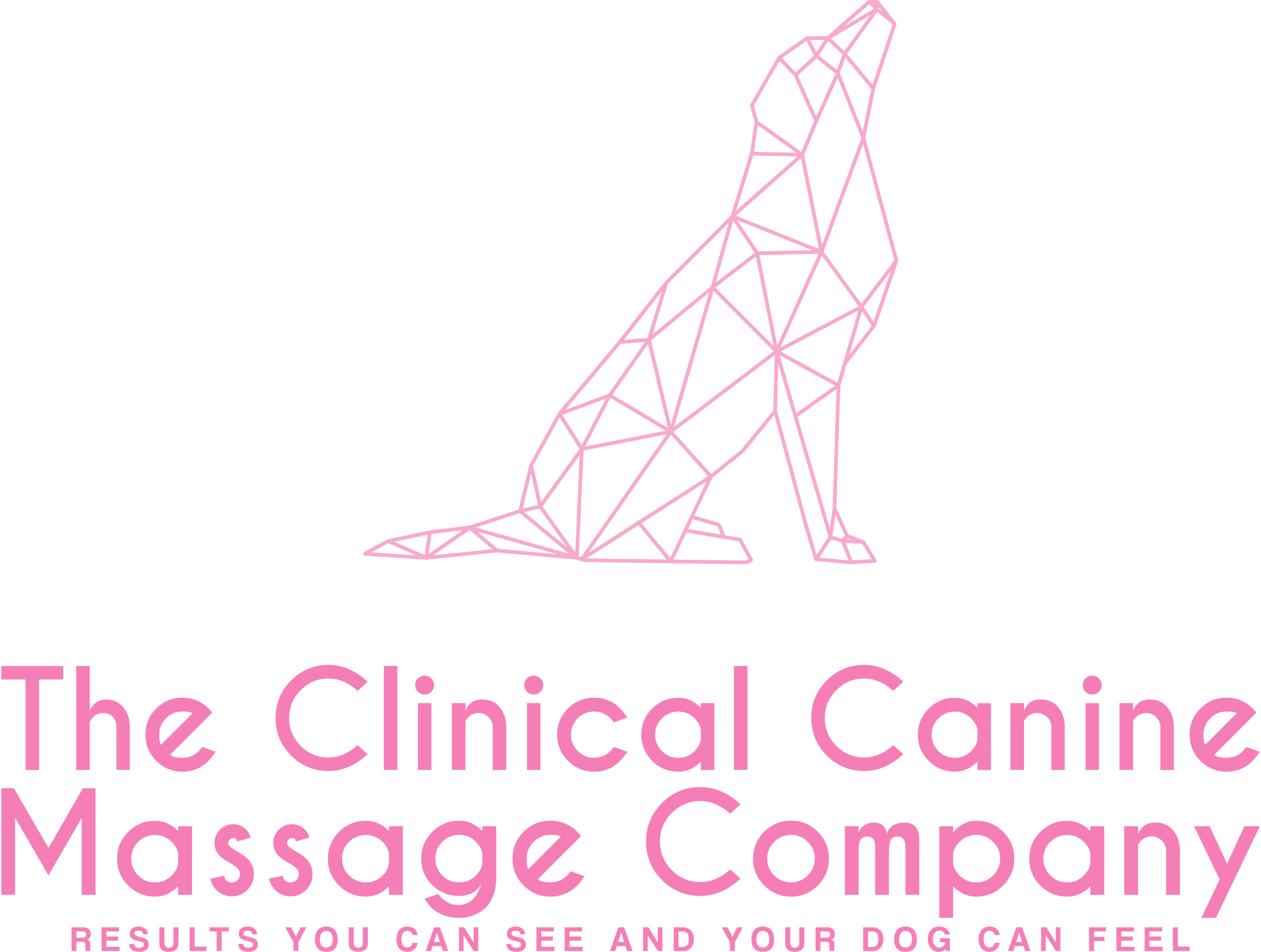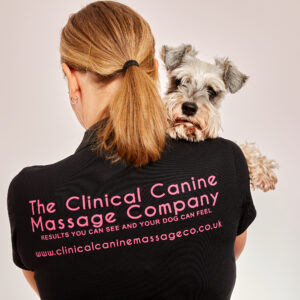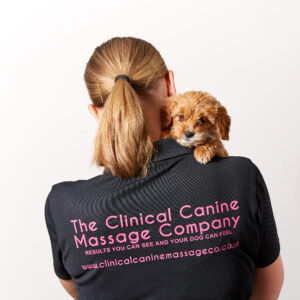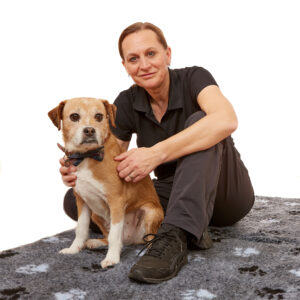If you have just welcomed a new puppy into your home, you’re probably looking forward to taking them out on their first walk, not least to wear off some of their endless energy! But before you pull on your hiking boots and start packing supplies for the day, take a look at this blog which will advise you how to walk your puppy safely to avoid long term injury.
Ossification is the name given to the process of bone formation. Bone formation takes place over several stages. The first stage, called primary ossification takes place in the foetus and begins with the formation of the skeleton, which is initially made of soft cartilage. As the foetus grows, this cartilage begins to harden through the process of ossification. By the time we are born, our skeleton is almost fully formed but there are some areas, such as the area at the end of our long bones, which are found in our limbs, where the bone hasn’t fully ossified. This is to allow for bone growth. When adulthood is reached and bone growth stops, this cartilage ossifies in a process known as secondary ossification. This is the case for all mammals.
Imagine your puppy standing still, if you can! At a standstill, all four paws support the weight of the puppy in equal measure. As soon as they ambulate, the body weight shifts. As a dog walks, they have three paws in contact with the ground, so already the extra weight is being distributed through three limbs rather than four. As they move faster, they have less contact with the ground and so more weight is put through their limbs. Therefore, over-walking your puppy or engaging them in high impact activities such as prolonged running or jumping while their bones are still soft and developing can cause significant damage to their bones and joints and can even cause lifelong orthopaedic conditions such as hip and elbow dysplasia and arthritis.
So how long should you walk your puppy? The general rule of thumb is that you should walk them for 5 minutes per month of their life, so a four-month-old puppy could be walked for 20 minutes and so on and so forth. This isn’t a hard or fast rule, but it gives us something to work with; and don’t forget, your puppy will have been on the go around the house and garden for most of the day too! If your puppy is particularly active, you could consider taking them out on two short walks a day, evenly spaced.
Your puppies’ bones will become fully developed when adulthood is finally reached; but how long your puppy takes to mature will depend on the breed of your dog. Maturation can range from as little as 6 to 18 months. It’s worth keeping in mind that the bigger the dog, the longer they take to reach adulthood.
Getting a new dog is an exciting time. They bring so much joy to our lives. If you’re thinking about buying a puppy, make sure you do your research. Putting the time and effort into your puppy from the start will definitely pay off and will ensure that you enjoy a happy and healthy life with your new addition.
Massage has many benefits to the skeletal system. These include:
- Improvement to posture, gait and body alignment.
- Increasing flexibility and range of movement.
- Speeding up recovery especially following injuries such as sprains, strains and fractures.
- Relieving stiff joints and the symptoms of arthritis and slowing the onset of osteoarthritis.
- Relaxing tight muscles and tendons to prevent injury to bones.
- Helping to retain minerals which provide nutrients for bones.
- Assisting with the pain management of orthopaedic conditions.
- Reducing inflammation.
- Removing toxins from muscles, keeping bones oxygenated and ensuring nutrients are absorbed by the bone to keep them healthy.




